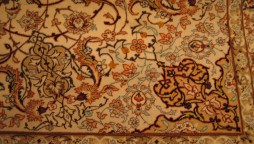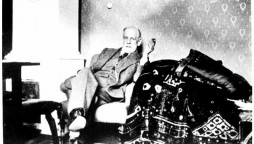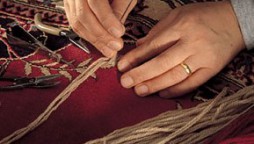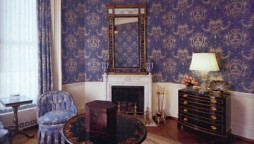The Evolution of Oriental Rugs
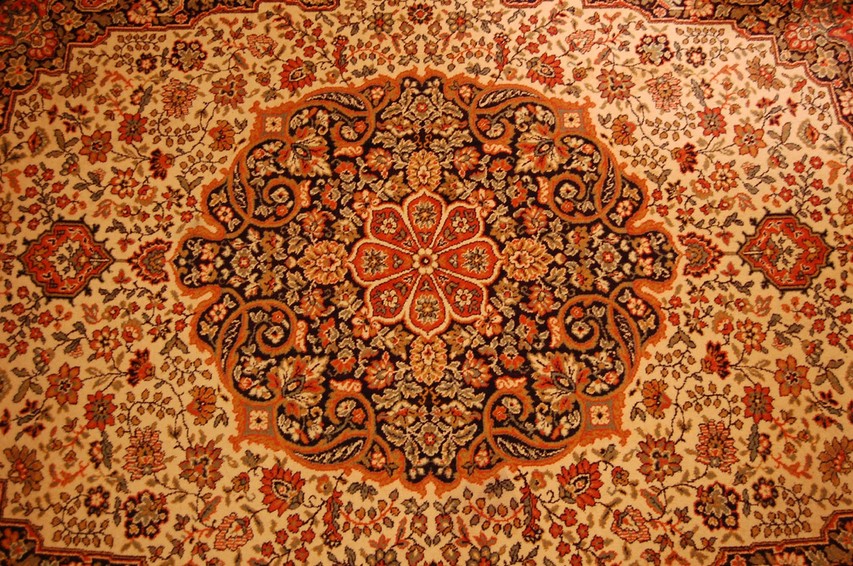
Like many artifacts without a written and verifiable record, the true origin of Oriental rugs remains a mystery. Today, debates among scholars still continue over what period of time handmade rugs entered into the picture.
Estimates, which have been based on findings of ancient remnants, place the art of rug weaving around 6,000 years old. However, this number has been toyed with significantly over the years, going as far back as 6000 BCE and even forward to the transition from BCE to the Common Era (CE), which is when the famous Pazyryk Carpet is said to have been made.
Why Rugs Were First Made
Two schools of thought exist on why Oriental rugs were first introduced. The first of these theorizes that rugs were invented solely for practical use by the largely nomadic population which existed in mankind’s early history. Serving as both protection from the elements and buffers between foot and floor within the home, handmade rugs also served to eliminate the slaughter of these nomads’ herds in order to utilize their hides for these purposes.
The second school of thought believes these carpets likely began as mere floor coverings, but quickly evolved into ornamental pieces, with little time in between. Initially serving a single then a dual purpose, the artistic value of these handmade rugs effectively moved them from being primarily functional to being decorative. Essentially, this is how rugs became associated with ceremonies and celebrations throughout the annals of time.
Where Rugs Originated
Similar to the considerations being made of the handmade rug’s timeline and purpose, where rugs originated is a source of heavy debate. This is largely due to the gradual, but widespread distribution of the weaving arts across what is today known as the Middle East, Europe and Asia.
Strong evidence, however, points to the Middle East as the rug’s originator, which likely began prolifically during the second or third centuries BCE. Nevertheless, no single modern country in this region can truly lay claim to being its inventor, giving the area itself a designation as the “cradle of carpet weaving”.
From ancient Turkestan and Caucasus to Persia and Anatolia was birthed the handwoven rug. And from these civilizations the practice spread to Europe in the west, China in the east, as well as India and other lands both near and far. Many of these locations, if not all, have come to be known collectively today as the “Rug Belt”.
Antique to Modern Day
Time periods are used more often than not to separate antique carpets from those considered modern-day. By most definitions, antique carpets are those produced before the 1920s, semi-antiques range from 1920 to roughly 1950, and contemporary rugs are those which are produced after the 1950s. However, there is another way of making these distinctions, and it has to do with how the carpets are being manufactured.
In this other method, carpets that have been made through traditional means, using natural dyes and produced by hand on a loom before synthetic dyes were introduced (1860-70), are antiques. Semi-antique rugs then are those made from 1860-70 through the first few decades of the 20th century, ending around 1920 to 1930. Thus modern carpets, which sometimes suffer from both synthetic dyes and materials, in addition to being manufactured on machines, are those coming after this early part of the 20th century to today.
Purchasing an Oriental, Persian or Turkish Rug
There are still a number of areas around the world that continue to produce handmade carpets using natural dyes, superior materials and adept craftsmanship. Many of these carpets can be found in our showroom and online Rug Shop, detailing a history through the hands of artists from countries across the globe.
Want to learn more about handmade rugs? Contact us today to speak with one of our specialists, who also specialize in rug cleaning, rug appraisal and rug repair.

